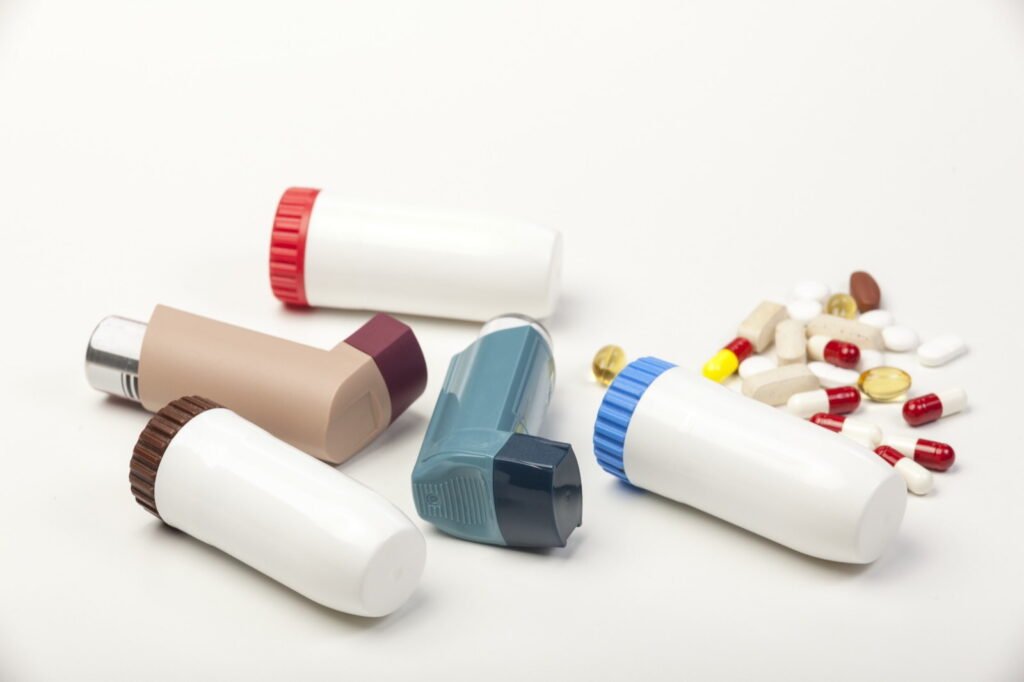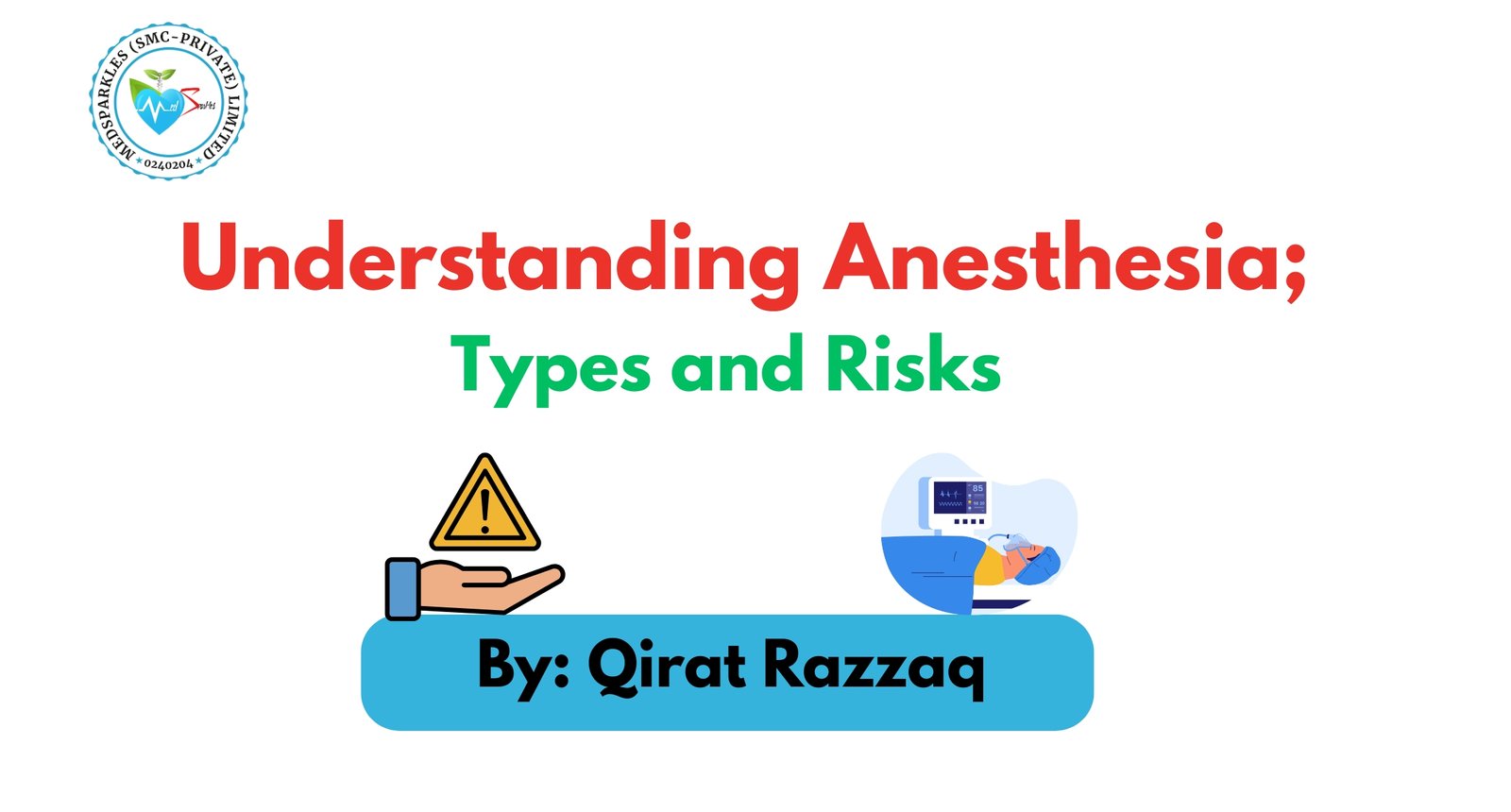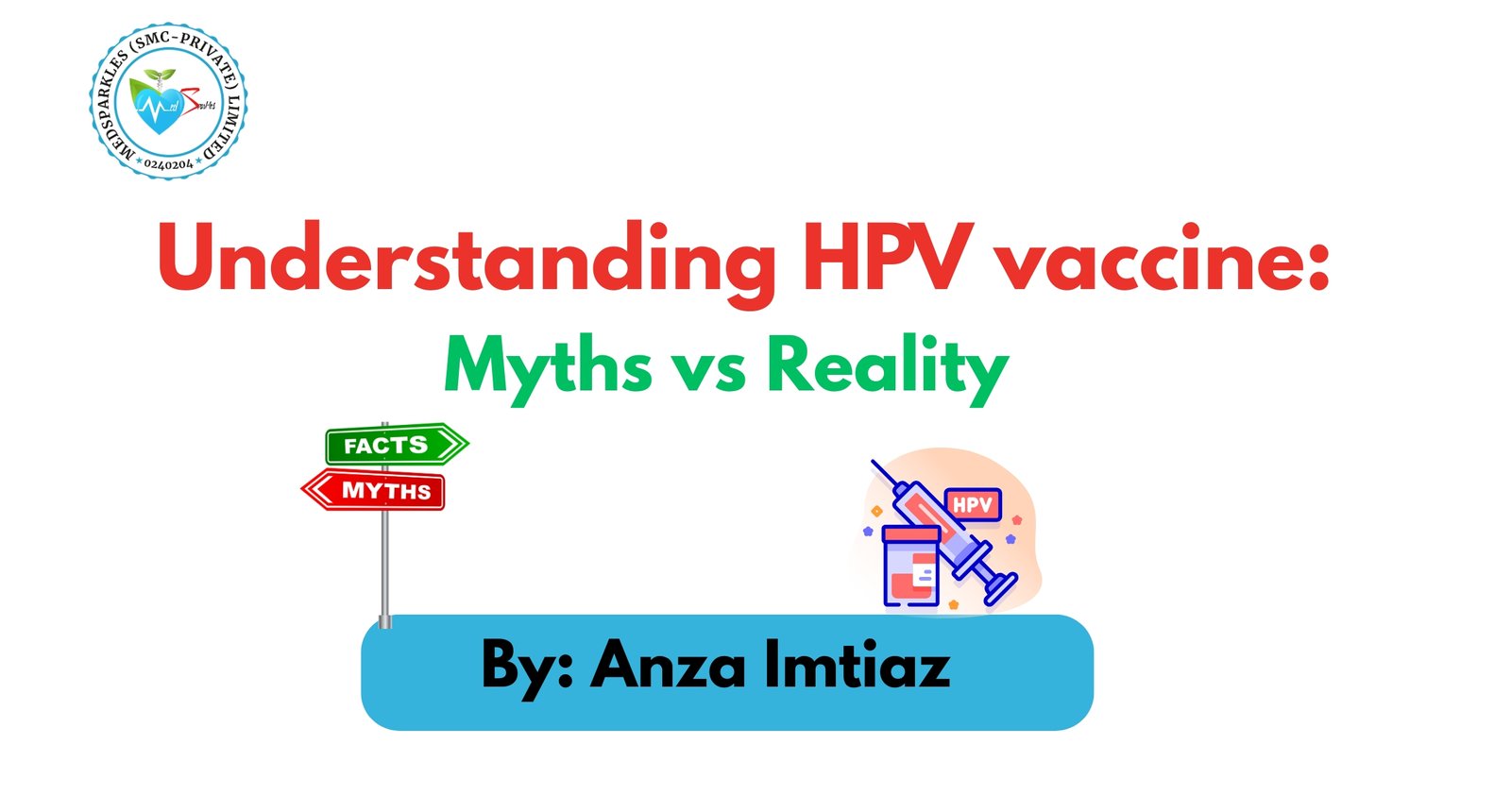
INTRODUCTION
Inhalers are life-saving devices that deliver medication directly to the lungs, offering quick relief and long-term control for respiratory conditions like asthma and chronic obstructive pulmonary disease (COPD). This blog explores the history, types, mechanisms, and proper usage techniques of inhalers to ensure effective treatment and improved quality of life.
HISTORICAL BACKGROUND!!!
The concept of an inhaler comes from ancient times when medicinal vapours were used for respiratory relief. Modern inhalers evolved from devices like John Mudge’s 1778 pewter mug for opium inhalation, leading to advancements such as disposable inhalers in the 20th century by Robert Waxler of Abbott Laboratories.
DO YOU KNOW HOW INHALERS WORK?

Inhaled drugs are administered directly to the respiratory tract in aerosol or powder form, thus allowing for quick action of the drug while avoiding the digestive system and reducing systemic absorption. The medication relaxes the muscles that tighten around the airways, therefore helping open them up for easier airflow and breathing. Since the medicine is inhaled directly into the lungs, it requires a much smaller dose compared to oral tablets or liquids, effectively treating the airways with minimal impact on the rest of the body.

TYPES OF INHALERS:
Some most common types of inhalers are:
- Metered-dose inhalers (MDIs)
- Dry Powder Inhalers (DPIs)
- Soft Mist Inhalers (SMIs)
- Breath-actuated Inhalers (Autohaler)
1. METERED-DOSE INHALERS (MDI):
It is the most common type of inhaler that has been used for the past 40 years to deliver different types of medicines. It is, however, precision dosage metered in delivering asthma medication. It uses propellant, an inactive, pressurized gas, to propel drugs in aerosol form with the puff released by pressing at the top of the inhaler.
ADVANTAGES:

- Fast and easy to use
- Small, portable, and conveniently carry
MECHANISM OF ACTION:
The inhaler is pressed, and the medication is released in the form of a fine mist inhaled directly into the lungs. Thus, the drug acts fast in relaxing muscles in the airway and reducing inflammation.
CONSIDERATIONS - Coordination Required: Optimal inhalation is carried out together with actuation.
- Spacer Compatibility: Can be paired with other devices so that it increases the delivery and minimizes side effects.
COMMON ERRORS:
Besides the above factor effective use of MDI demands to press canister and inhale simultaneously. The errors generally made: - Not shaking MDI properly before usage.
- Not breathing in too fast/very late while using the inhaler.
- Not holding breath long after inhaling.
2. DRY POWDER INHALERS (DPI):

Dry powder inhalers (DPIs) are used for delivery of medication to the lungs, and they are currently being used for the management of different respiratory issues like asthma and COPD.
MECHANISM OF ACTION:
Most DPIs store drugs as dry powders, either in the device itself or in separate doses stored in capsules, and unlike MDI, it does not use any propellants but uses the fast and deep inhalation of the patient, which gives the energy to aerosolize and carry the
medication into the lungs. This process is called de-agglomeration, a process whereby it breaks the compacted drug powder into very fine particles appropriate for lung deposition.
ADVANTAGES
- No propellant: The device does not need any chemical propellants for operation.
- Breath-Activated: The patient breathes at the time of inhalation while using this device which coincides with the release of the drug and minimizes coordination issues.
- Carrying: Many DPIs are small and conveniently carryable.
CONSIDERATIONS - Inspiratory Flow: It has to be deep and fast inhalation for effective use, which can be a problem for very young children or those in the most fiendish states of respiratory distress.
- Humidity Sensitivity: Moisture has the ability to form lumps in powder which could prove inactive when used.
3. SOFT MIST INHALERS (SMI):

Soft Mist Inhalers (SMIs) are handheld inhalers that produce a slow-moving mist for taking the medication, which helps to improve drug deposition in the lungs. Unlike the conventional inhalers, SMIs use the mechanical energy to create the aerosol instead of using propellants.
MECHANISM OF ACTION
SMIs has a spring mechanism to produce fine slow-moving mist that may stay suspended for a longer time and be subsequently inhaled deeper to lungs without the need for accurate timing of inhalation.
ADVANTAGES
- Propellant: Eliminates the need for chemical propellants.
- Slowly Moving Mist: Ensures better lung deposition and reduces the requirement of coordination during inhalation timing.
- Design and Portable Use: Adaptability and easiness for use.
BREATH-ACTUATED INHALERS (AUTOHALER):

Breath-actuated inhalers (BAIs) are mostly known as Autohalers and are devices that automatically release drug delivery when inhaled so that it does not require a hand-breath coordination mechanism.
MECHANISM OF ACTION
BAIs contain trigger mechanisms that activate by inhalation of the user. Whenever a sufficient inspiratory flow is detected from the device, it releases a metered dose of medication, ensuring synchronization between inhalation and drug flow.
ADVANTAGES:
- Greater Coordination: reduces the requirement to synchronize inhalation with
actuation. - Ease of Use: Excellent for someone who is having difficulty using standard inhalers.

COMMON ERRORS IN INHALER USE
- Failure to breathe deeply when inhaling correctly: Most individuals fail to breathe deeply when inhaling, or they do not hold their breath long enough; in either case, it is unclear whether the drug will be taken.
- Not shaking before use: This is the primary reason for variability in the dosing of the inhaler.
- Non-use of a spacer: Spacers improve drug delivery and reduce side effects.
- Forceful exhalation into DPIs: The moisture would block the powder from getting delivered.
- Use of expired or empty inhalers: Check dose counters and expiry dates regularly.
TIPS FOR EFFECTIVE INHALER USE
- Training: Take proper instruction and demonstration from the health care provider.
- Maintenance: Clean the mouthpiece regularly and store the device in a cool, dry place.
- Tracking Usage: Using dose counters to track the amount of medication left.
- Going green: Eco-friendly inhalers should be considered for carbon footprints.
In the end,
Inhalers are good weapons for the respiratory conditions; however, the benefits from inhalers are maximally achieved when used properly. The patients should be guided in different inhalers and their actions together with techniques that ensure effectiveness in treatment. Through proper adopting of practices, one breathes easily and lives healthily.
Stay informed, stay healthy!






